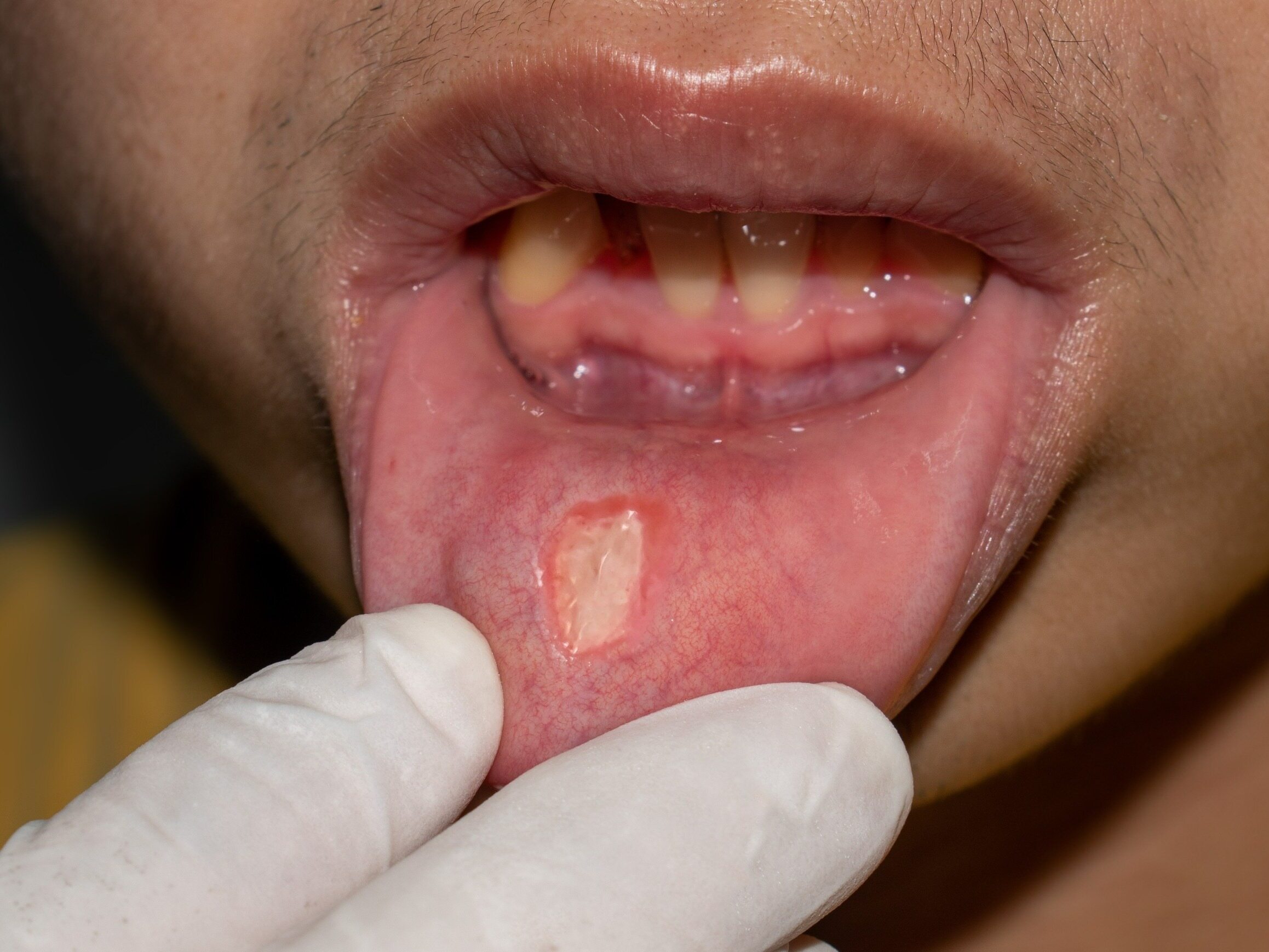Behçet’s disease – causes, symptoms and treatment of this rare disease

Behçet’s disease (BD) is a rare systemic vascular disease that occurs mainly in Turkey, the Middle East and the Mediterranean countries. This disease affects men more often. Learn about the causes and symptoms of Behçet’s disease.
- Behçet’s disease – what causes systemic vasculitis?
- Symptoms of Behcet’s disease
- Criteria for the diagnosis of Behçet’s disease
- Treatment of Behçet’s disease
Behcet’s disease was first described in 1937. The exact etiology of this disease has not been established. The incidence of Behcet’s disease in Turkey and in the countries of the Middle East is 80-370 cases per 100,000 inhabitants per year. The incidence of the disease in Europe and the USA is 1-2 cases per 100,000 inhabitants per year. In Turkey and the Middle East, Behcet’s disease is diagnosed mainly in men. According to Przegląd Rheumatologii, Behçet’s syndrome is very rare in Poland. About 20 cases have been described so far. However, the number of patients may be higher. This is due to the fact that only its typical and full-blown forms are probably recognized.
Behçet’s disease – what causes systemic vasculitis?
Behcet’s disease is a systemic vasculitis that can involve all types of vessels. Its causes have not yet been known. Studies have shown that the disease may be related to impaired immune responses and impaired regulation of inflammatory processes.
The severity of the inflammatory process can vary significantly from patient to patient. The disease is characterized by periods of exacerbation of symptoms and periods of remission. The rather varied course of the disease makes it difficult to diagnose. Treatment of systemic Behcet’s vasculitis depends on the stage of the disease.
Symptoms of Behcet’s disease
The symptoms of Behçet’s disease affect all vessels. The disease can be relatively mild or severe, with serious complications occurring in patients with involvement of the central nervous system and lungs. Systemic vasculitis (CNS) and pneumonia can be fatal. In most cases, the disease is not fatal, but it can significantly affect the quality of life of patients.
The first symptoms of Behcet’s disease usually appear in the third decade of life. The most common symptoms of the disease are painful sores in the mouth and sores in the genital area. The disease can also affect internal organs such as organs of the digestive and nervous systems, eyesight and joints. Other symptoms of Behcet’s disease include:
-
arthritis without erosions,
-
generalized myositis,
-
central nervous system symptoms, e.g. headache, aseptic meningitis,
-
digestive system symptoms.
Behçet’s disease is diagnosed on the basis of criteria established in 1990 and slightly changed in 2013.
Criteria for the diagnosis of Behçet’s disease
In order to diagnose Behcet’s disease, criteria were established in 1990, on the basis of which the disease was diagnosed. They included e.g. ulcers of the oral mucosa that recur at least 3 times a year and heal spontaneously within 7-21 days. Changes in the oral cavity concern over 90% of people. sick. To be diagnosed with Behcet’s disease, according to the 1990 criteria, at least 2 of the following symptoms should be present:
-
genital ulcers,
-
uveitis or retinal vasculitis which can lead to loss of vision
-
skin changes, e.g. superficial phlebitis, erythema nodosum, vesicular changes,
-
pathergia – hypersensitivity of the skin, which causes inflammatory changes due to minor injuries.
In severe cases, the symptoms are very severe and carry the risk of serious complications.
In 2013, new criteria for the diagnosis of Behçet’s disease were established. According to the current criteria, ulcers and aphthae in the mouth do not have to be present in order to be diagnosed with Behçet’s disease. The presence of pathergy is also not a mandatory criterion for diagnosing the disease. In addition to oral, genital, skin and eye symptoms, criteria for the nervous system and the circulatory system have also been introduced.
Treatment of Behçet’s disease
The treatment of the disease is selected, among others, to the degree of organ involvement and includes topical treatment, which allows to alleviate the symptoms of the disease, and causal treatment. Treatments for Behcet’s disease include: antibiotics, colchicine, corticosteroids and immunosuppressants.
Sources:
-
A. Szczeklik, Internal diseases, Volume 2, Practical Medicine, Krakow, 2006
-
A. Dąbrowska-Zimoń, D. Bobrowska-Snarska, Marek Wódecki, Marek Brzosko, Behçet’s disease – a rare disease in Poland, Rheumatology 2007; 45, 6, pp. 431–435
-
Abdullah Adil, Amandeep Goyal, Jessilin M. Quint, Behcet Disease, National Library of Medicine, ncbi.nlm.nih.gov/books/NBK470257/#article-18191.s2, updated February 22, 2023.






